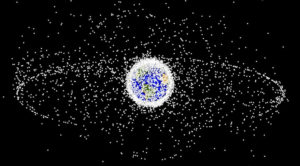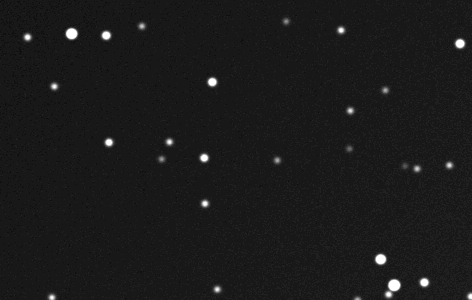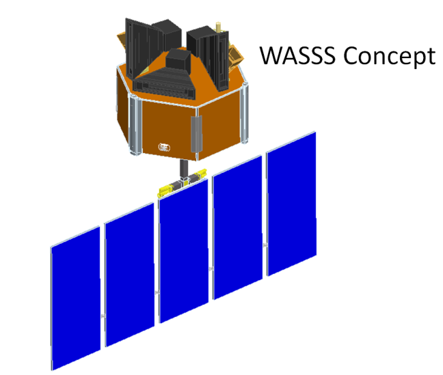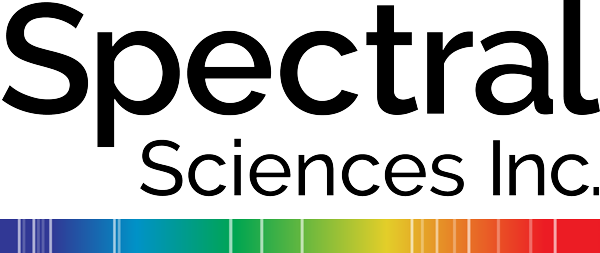SSI is developing new technologies addressing Space Situational Awareness (SSA) and high altitude/exo-atmospheric missile defense environment needs. Space Situational Awareness (SSA) encompasses a capability that can predict conditions in the near-Earth space environment, including the physical locations and velocities of natural and man-made objects and space weather. A critical mission of SSA is collision avoidance. Due to the rapid increase in space junk and debris, this has become a growing concern for both military and commercial systems as we become more reliant on our assets in space. Similarly, a successful intercept of an intercontinental missile creates a complex debris field that enhances clutter among other consequences.
SSI develops models, sensors, and algorithms for characterization and tracking of objects and debris. In an effort called Post-maneuver Orbit Determination through Multiple-Model Analysis of Plumes (PODMAP), SSI has focused on identifying and characterizing maneuvers, which pose a particular challenge to the US Space Surveillance Network that is tasked with tracking all Earth orbiting objects. Another principal effort involves the development of a debris cloud effects tool in support of the development of the ballistic missile defense system. The tool is used to simulate the physical, chemical and radiative processes after the successful intercept of a high-altitude missile. The development and validation of this tool represents a significant advancement for assessing the outcome of an intercept and for testing new sensors and algorithms. SSI has also developed a prototype sensor for monitoring the GEO-belt from low-Earth orbit (see WASSS links below).



